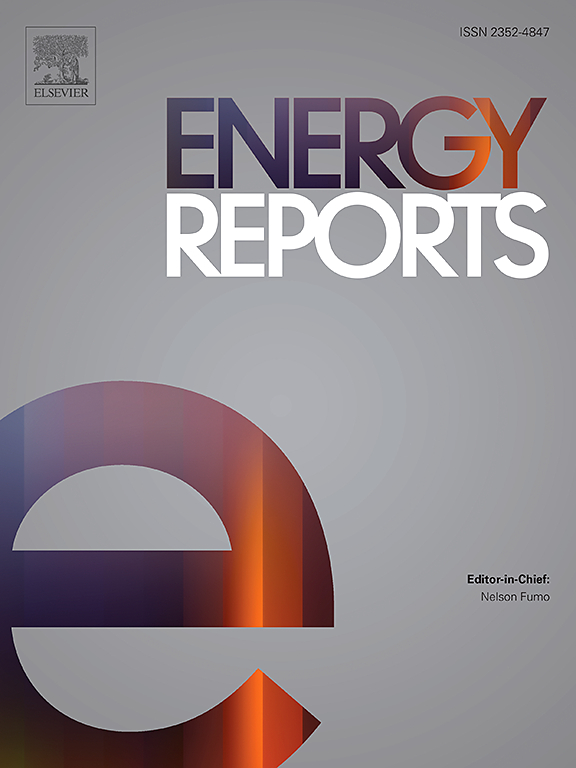Evaluation of the environmental burden of Co/CoMnK catalytic synthesis wastewater employing acute toxicity tests as a methodological framework
IF 5.1
3区 工程技术
Q2 ENERGY & FUELS
引用次数: 0
Abstract
Contaminated wastewater is produced as an inevitable by-product in many industrial applications. This paper thoroughly investigates the toxicity and environmental burden of wastewater from the Fischer-Tropsch catalytic synthesis process. This significant by-product was analysed through the means of root growth inhibition of Sinapis alba, acute lethal effects on Eisenia andrei, chromatography on organic compounds, and determination of the content of metals. Two samples based on Co and CoMnK fixed bed catalytic synthesis using a standard range of parameters (250–280 °C; 1.5 MPa; 1145 h–1) were prepared. The results showed a severe toxicological effect in all investigated means. Significant Co, Mn, and K occurrences were detected in wastewater in amounts of 0.40–0.57, 0.83, and 0.13 mg·l–1, respectively. The root growth inhibition test proved that only 9.85 % solution is necessary to reach a 50 % growth inhibition in the case of Co synthesis. CoMnK synthesis presented slightly less toxic results – 11.75 % solution for 50 % growth inhibition. Similarly, Wastewater Co with lethal concentration LC50 87.74 % was more toxic to earthworms than Wastewater CoMnK with LC50 95.99 %. The level of toxicity of this widely produced substance was surprisingly high. Rising environmental protection activity is expected to prove problematic for the current or future industrial applications, and a need to adopt treatment processes discussed in this study or upgrade the existing ones might be of the essence. The issue of wastewater toxicity and its environmental impact are discussed and evaluated hereby.
以急性毒性试验为方法框架评价Co/CoMnK催化合成废水的环境负担
在许多工业应用中,污染废水是不可避免的副产品。本文对费托催化合成废水的毒性和环境负担进行了深入研究。对这一重要的副产物进行了分析,方法包括对白Sinapis的根生长抑制、对爱森ia andrei的急性致死作用、有机化合物的层析和金属含量的测定。两个样品基于Co和CoMnK固定床催化合成使用标准参数范围(250-280℃; 1.5 MPa;1145 h-1)。结果显示,在所有的调查手段严重的毒理学效应。Co、Mn和K在废水中的含量分别为0.40-0.57、0.83和0.13 mg·l-1。根生长抑制试验证明,在Co合成的情况下,只需9.85 %的溶液即可达到50 %的生长抑制。CoMnK合成的毒性结果略低- 11.75 %溶液对50% %的生长抑制。同样,致死浓度LC50为87.74 %的Co废水对蚯蚓的毒性大于LC50为95.99 %的CoMnK废水。这种广泛生产的物质的毒性水平高得惊人。越来越多的环境保护活动预计会对当前或未来的工业应用产生问题,因此需要采用本研究中讨论的处理工艺或升级现有的处理工艺。对废水毒性及其环境影响问题进行了讨论和评价。
本文章由计算机程序翻译,如有差异,请以英文原文为准。
求助全文
约1分钟内获得全文
求助全文
来源期刊

Energy Reports
Energy-General Energy
CiteScore
8.20
自引率
13.50%
发文量
2608
审稿时长
38 days
期刊介绍:
Energy Reports is a new online multidisciplinary open access journal which focuses on publishing new research in the area of Energy with a rapid review and publication time. Energy Reports will be open to direct submissions and also to submissions from other Elsevier Energy journals, whose Editors have determined that Energy Reports would be a better fit.
 求助内容:
求助内容: 应助结果提醒方式:
应助结果提醒方式:


